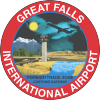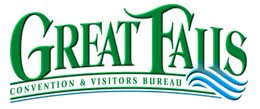FAQ - Montana Fly Fishing

Beautiful Fly Waters
A Montana wilderness fishing trip is an extraordinary adventure, and we are excited to share our passion for this amazing country and share the experience of fishing truly world class fly fishing streams with us. We hope this gives you a good sense of the fishing trips, and look forward to hearing additional questions about a trip this year.
The downloadable pdf documents below have additional detail which we're sure you'll find helpful as you plan your trip.
2025 Horse Packing Trip Bulletin
2025 Fishing Gear and Information
What are the rivers like?
The Bob Marshall Wilderness rivers are fast and clear. There are stretches where they meander, but often the weave back and forth between the valley walls creating deep pools where they change course. The stream sizes vary considerably. The North, South, and West Forks of the Sun River are the largest east slope streams. The volume of water ranges from 700cfs in early July to around 300cfs by end of August for these main streams. We also fish several tributaries of the Sun River, including Rock Creek, Moose Creek, Biggs Creek, and Gates Creek. They are generally flowing at around 50-100cfs.
West side rivers are similar, with the South Fork and Middle Fork Flathead rivers running high at 900cfs in early summer and dropping to 300-500cfs in the late summer. We primarily fish the Middle Fork and it's primary upper basin tributaries which include Strawberry Creek, Bowl Creek and Trail Creek.
North Fork Sun River
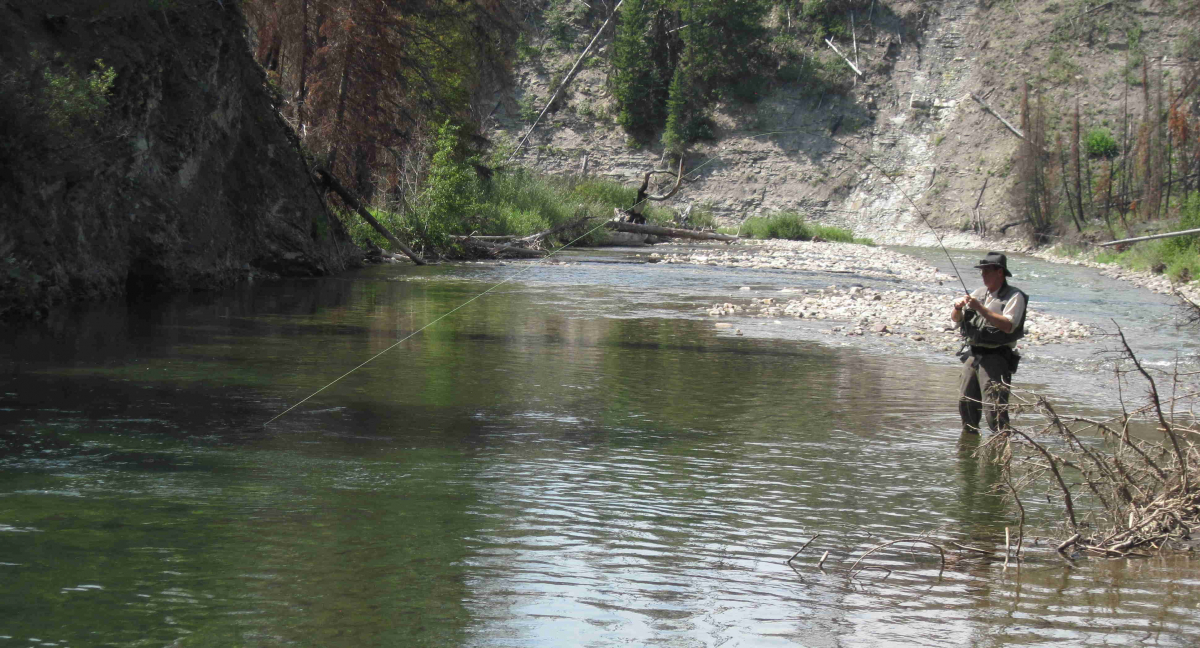
These waters all run a little murky in early July but clear out by mid-July and will only cloud up with extended rain.
The rivers are not particularly brushy, so you can cast most of the time from the banks. Ocassionally, as with all rivers, you'll want to get a fly under a log jam and may need to approach that from mid-stream, but the spring high water and minor flooding keep the willows and brush further back. This makes for a unique forgiving environment to learn how to fly fish.
Are these rivers floated by rafts?
The rivers we fish are not floated. The only river that is consistently floated with inflatable rafts is the South Fork of the Flathead. The Middle Fork of the Flathead is floated in June and early July as a white water river, but that is only the lower stretches where we rarely go, due to it's very steep canyon. The absence of floaters on our rivers makes for a very private and uncompetitive fishing experience for our fishermen.
How do you fish these rivers?
Our fishing is all by wading from bank to bank. Our fishing guides take you to sections of the river for that day's excursion, often using horses to get to that day's section of water. Then you just start fishing upstream or downstream. The water can be crossed in almost any place, though you have to chose your footing carefully as the riverbed is rocky and slick. One of the more unique things about our mountain streams is that there are fish in almost every stretch of water - from the deep pools to the faster water. If there is a boulder in the stream they can get behind to rest, you can bet there is a trout resting there.
We frequently get questions about wearing waders, which I find unnecessary. I do recommend wading shoes that have a lot of traction on slick rocks. More on the gear further down.
What is the best fishing trip to take?
The fish move up and down the rivers and streams in cadence with water temperatures and flows. There are no barriers to their movement, so they tend to optimize their comfort and feeding habits largely in tune with the rivers and streams. We have a pretty good idea where they'll be most prevalent based on the time of year, and what their habits are at that time. The trip durations play an important role in the trip itinerary. Shorter fishing trips (5 days) typically go to our Gates Park camp on the North Fork of the Sun River as this is a great campsite a modest ride from the trailhead, and gives us many great options for fishing different stretches of water. Longer fishing trips (7 days) will move to different campsites along the North and South Forks to give additional variety of river stretches.
Cutthroat Trout
We match your time frames and particular interests to our fishing trips as best we can. Thus, the best fishing trip changes depending on the week of the summer you come out. For example, the lower Nork and South Forks of the Sun River are great in early summer, but the upper North Fork and Middle Fork Flathead are much better later in the summer.
What fishing gear and attire are recommended?
I strongly recommend reading through our pdf document on wilderness fly fishing gear. In summary, you will need attire that is appropriate for being out in the sun and wading back and forth all day. Some days it can get quite hot, so shorts are great, but somedays it's cloudy and fast drying pants are better. Also, the wading shoes are important. You'll want something that is light, has good ankle support, and has a lot of grip for slick rocks.
2024 Recommended fishing gear (pdf)
The fishing gear is also detailed in the pdf, but in summary should be collapsible gear (trail rods, etc) that allow for greatest flexibility in casting. The most successful flies are aggitators (bright colored lures) that ride high on the water. Our trout come to the surface aggresively and you'll find this amount of action on the surface is exhilirating.
We have primarily trout and a few greyling. The trout are cutthroat, rainbows, some hybrids (cut-bows), brook trout, and yellowstone cutthroat. On the west side rivers we catch mountain white fish and ocassional bull trout. They are 10-20" in length, and world class fighters. The rapid water flow and cold water temps keeps them active all day and in excellent shape. Prime fishing season is from mid-July through end of August. The temperatures are in the mild range - 70's and 80's mostly. We do get afternoon thunderstorms in August. They rarely have any effect on the fishing, other than you want to take shelter until the storm passes - usually 30 minutes or so. In the rare event the rivers get a little cloudy they are cleared up by early afternoon the next day. Nice Rainbow TroutWhat kind of fish will I catch?
What is the weather like in the summer?
Exceptional Fishing on the North Fork Sun
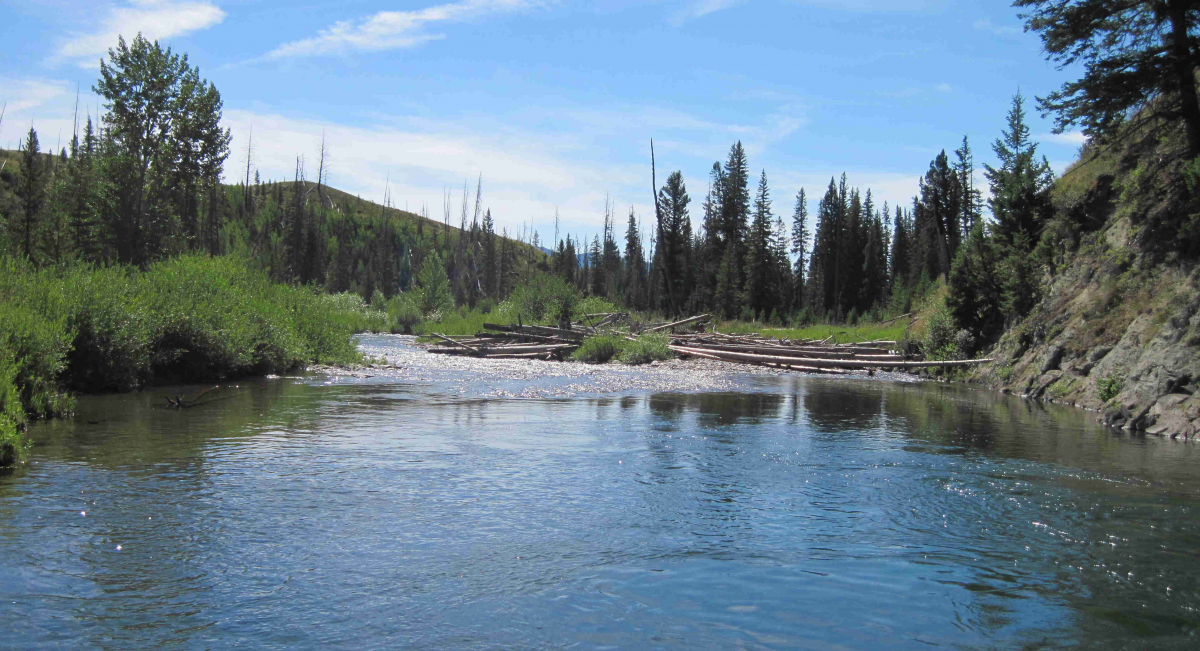
How rigorous is this trip?
This is not a particularly physically demanding adventure. This is spectacular mountaineous country, but with the use of horses we get around relatively easily. You will want to be able to hike, as the river wading is all on foot, and you will ocassionally want to hike from camp to fish. Of course, you will also need to be comfortable sitting on a horse as the ride into or between camps is often 4 hours (we take many rest breaks). But, many of our fishermen come into their 80's as this is a great way to get far from people and have a phenominal fishing experience, often when you cannot walk that far anymore.
Gates Park

What do non-fishermen do on this kind of trip?
Definitely. We often have non-fishermen join a trip. There are so many things to do when the fishermen leave camp. Our guides will take those people on hikes, day rides, or other adventures to nearby points of interest. It works great, and is limited only by your imagination on what appeals to you that day.
Inviting campfire
What is a typical day on a fishing trip?
A typical morning begins with a hearty breakfast in camp, and depending on how close we are to the river, we either walk or ride horses to our destination. Out here, you can fish upstream, downstream, ripples, holes, or whatever your prefer. The fish are everywhere and will be active at different times of day depending on air temperature, light or shadows on the water, terrestrial insect activity among other factors. This makes for quite a variety in activity at different times of day and in different stretches of the streams.
After a sack lunch in a shady spot along the river, you have the rest of the afternoon to continue fishing with almost no one else on the water with you. You will occasionally see deer, elk, and assortment of birds of prey, and perhaps even a bobcat along the river, but you will rarely see another person. After getting back to camp the often well deserved happy hour, a filling and delicious dinner is served in the early evening.
The day is capped with camaraderie, stories, and general good fellowship around the campfire. Some guests like to keep fishing until dark, which can be pretty late in Montana's northern latitude. Often, we find that people want to stay up extra-late one clear evening to see the vast Montana evening sky. It mostly defies characterization due to the vastness of the stars, the depth of the Milky Way galaxy, and the absolute absence of any light pollution. Montana is often referred to as Big Sky Country, and our night-time skies are unbelievably rich with star gazing opportunity.
Returning from a great day
We have some really cool mountain lakes we can fish. They are tough to access as they require a little climbing, but are so worth it. These lakes are often set in glacial cirques (depressions) carved out 10,000 years ago and filled with glacial meltwater as they receded. These lakes are remarkable adventures unto themselves - great riding to them, vigorous hikes, and amazing views. The fishing is pretty good also. Something to consider on your trip. Fishing Sock LakeWhat about lake fishing?
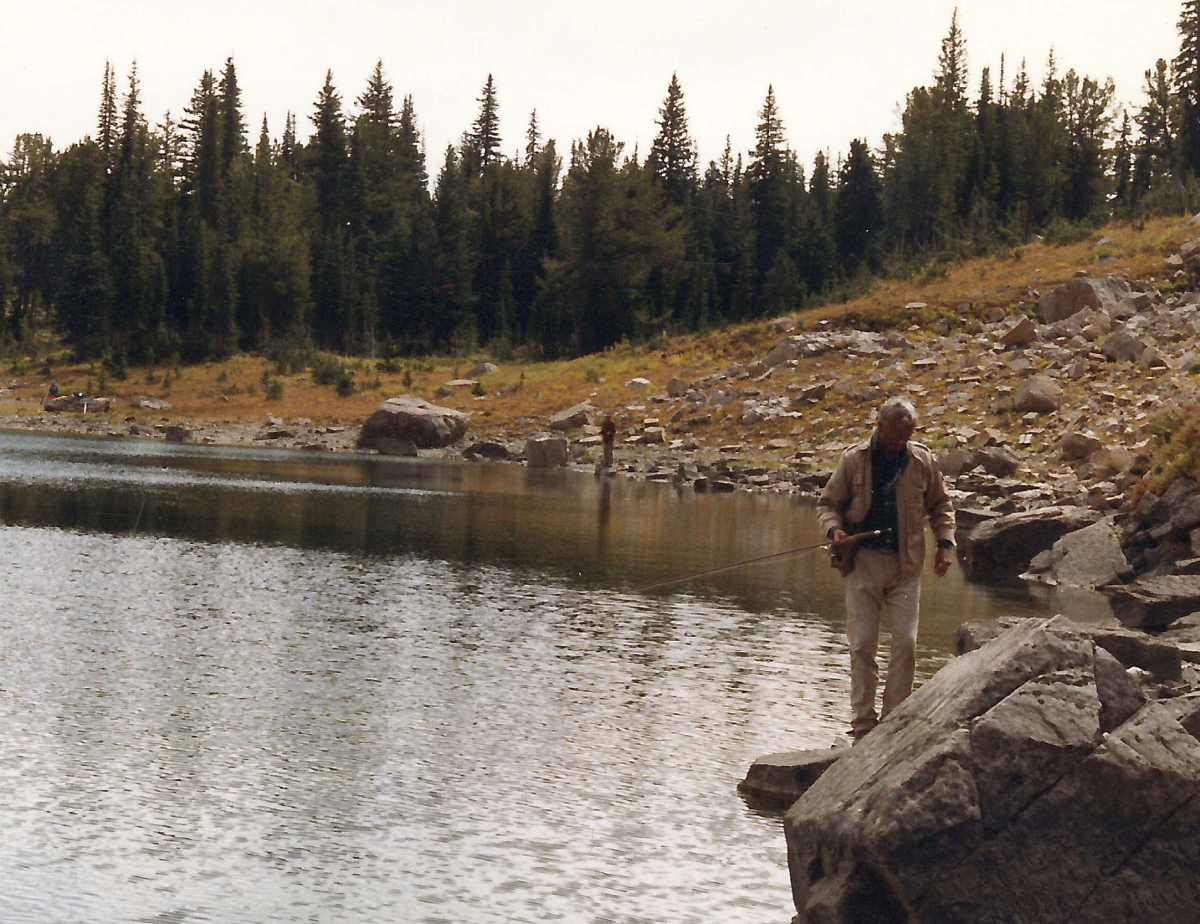
About
Circle 8 Outfitters (formerly A Lazy H Outfitters) is a family business operated by Joseph and Lis Haas. We have been taking guests and friends into the mountains for 100 years. We are passionate about providing you an extraordinary adventure into what we think is the coolest wild country in the lower 48 states.
GET IN TOUCH
- P.O. Box 167
Choteau, MT 59422 - Phone: (800) 893-1155
- Email: [email protected]


